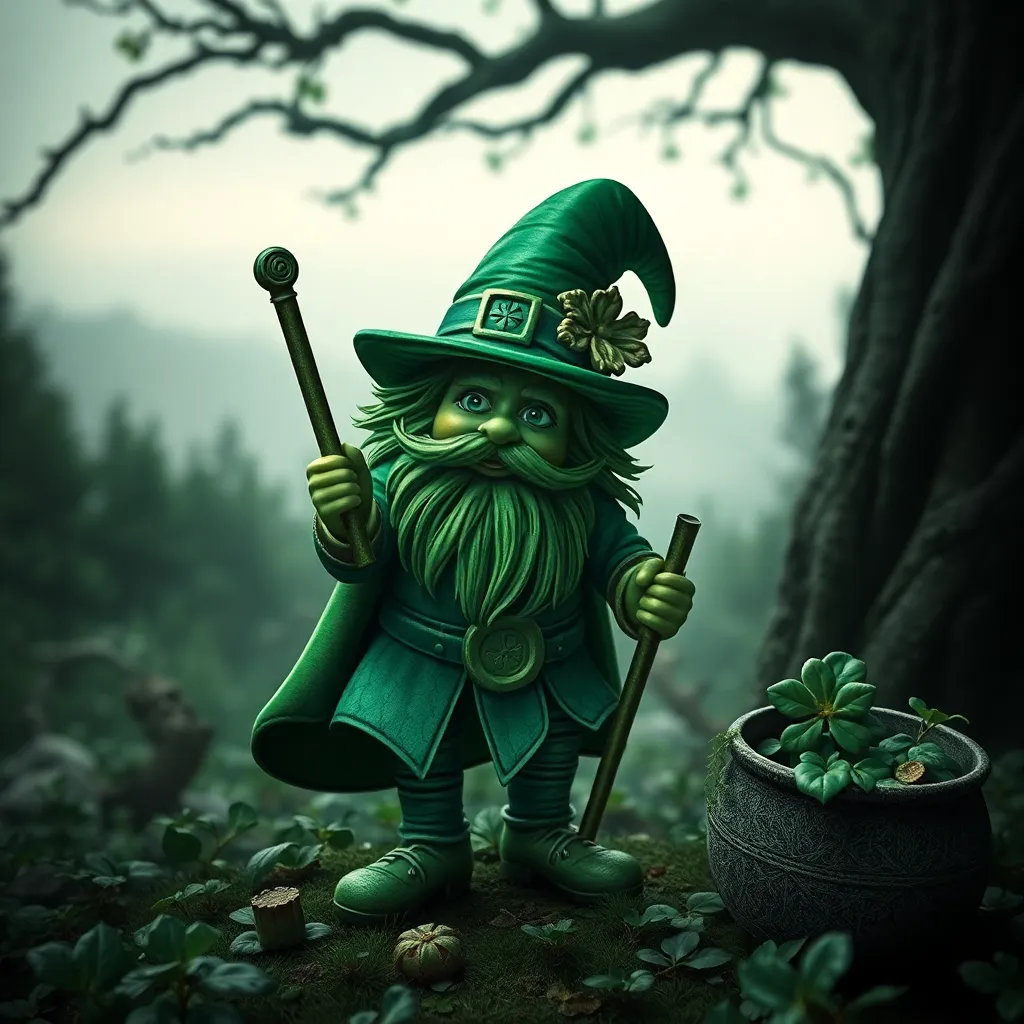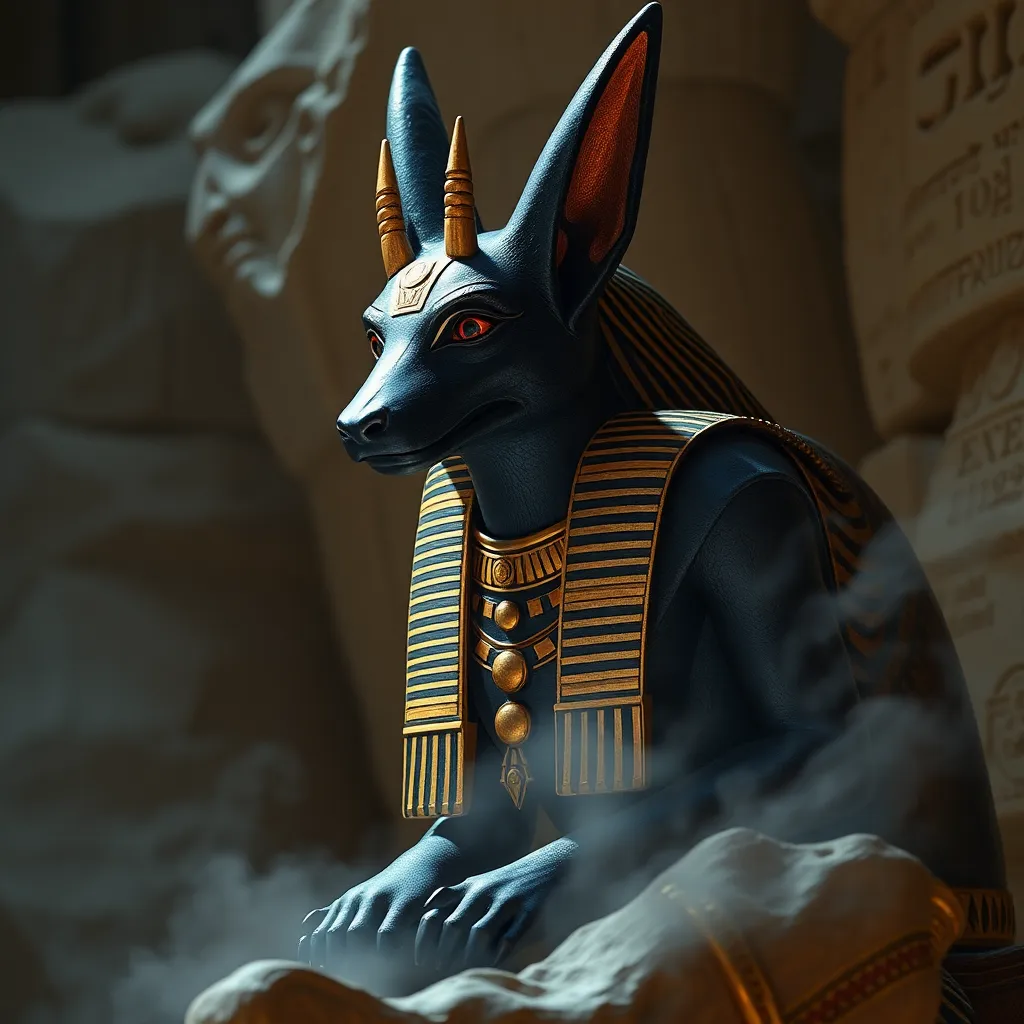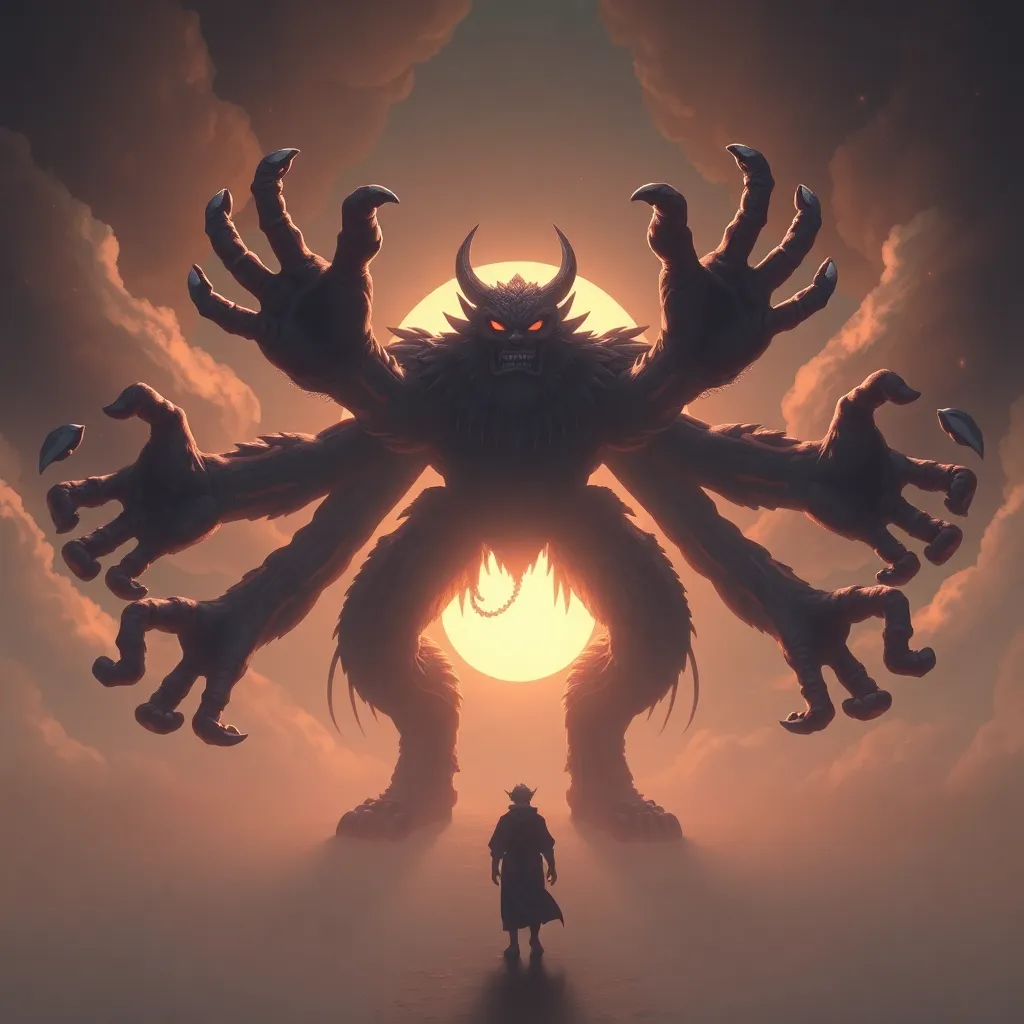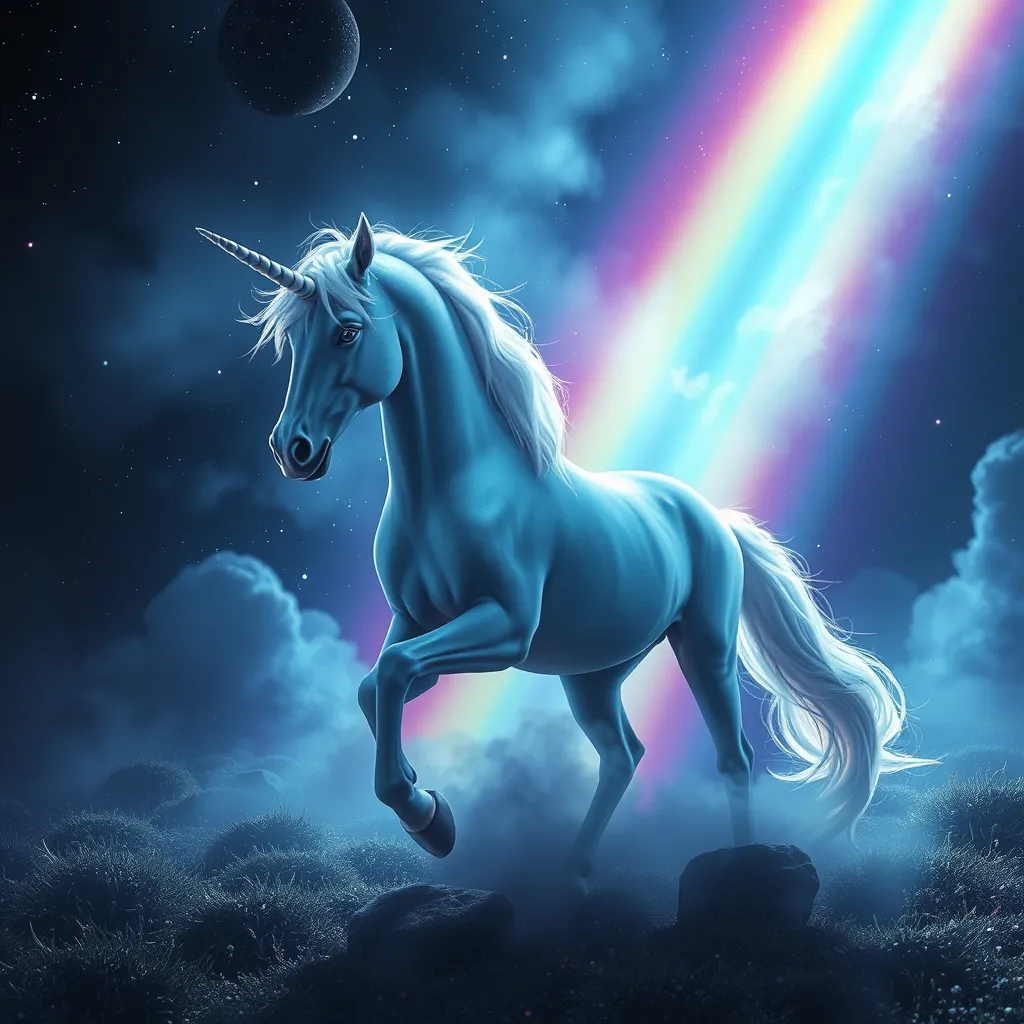The Celtic Charm of the Leprechaun: Mythological Symbolism and Cultural Significance
I. Introduction
The leprechaun is one of the most recognizable figures in Irish folklore, often characterized as a small, bearded man dressed in green, associated with mischief and magic. Traditionally, leprechauns are portrayed as solitary creatures who spend their time making and mending shoes, all the while guarding their pots of gold hidden at the end of a rainbow.
Understanding the leprechaun’s mythological and cultural context is essential to appreciate its significance in both Irish identity and global culture. This article explores the origins, symbolism, and cultural impact of the leprechaun, shedding light on its enduring charm.
II. Origins of the Leprechaun in Irish Mythology
The leprechaun’s origins can be traced back to ancient Irish mythology, where tales of fairy folk and magical beings thrived. Historically, leprechauns are believed to have evolved from the “Luchorpán,” a term used in early Irish literature, which translates to “little body.”
Over the centuries, references to leprechauns have appeared in various texts and folklore, with notable mentions in:
- The “Táin Bó Cuailnge,” an epic tale from the Ulster Cycle.
- The “Annals of the Four Masters,” a chronicle of Irish history.
- Various folk tales that describe their mischievous behavior and interactions with humans.
As time passed, the leprechaun’s character evolved from a fearsome trickster to a more benign figure, embodying both the whimsical and the cunning aspects of Irish folklore.
III. Symbolism of the Leprechaun
Leprechauns are rich in symbolism, representing various aspects of Irish culture and mythology:
A. Representation of wealth and prosperity
Traditionally, leprechauns are depicted as guardians of hidden treasures, often associated with pots of gold. This connection symbolizes not only material wealth but also the idea of seeking fortune through hard work and cunning.
B. Associations with luck and trickery
The leprechaun is often linked to themes of luck, as they are believed to grant wishes or bring good fortune to those who can outsmart them. However, their trickster nature means that they may also deceive and mislead, emphasizing the duality of luck in the Irish psyche.
C. The leprechaun as a guardian of hidden treasures
As custodians of wealth, leprechauns remind us of the importance of nature and the earth. They are often portrayed as protectors of the land’s hidden riches, embodying the belief that true treasure lies not merely in gold, but in the beauty and bounty of the natural world.
IV. The Leprechaun in Irish Folklore and Literature
Leprechauns play a prominent role in traditional Irish stories and fairy tales. They are often central characters in narratives that explore themes of cleverness, fate, and the consequences of greed.
A. Role in traditional stories and fairy tales
Folktales frequently feature encounters between leprechauns and humans, wherein the latter seeks to capture them to obtain their gold. These stories often conclude with moral lessons about the futility of greed and the importance of cleverness.
B. Notable literary representations and adaptations
Beyond oral tradition, leprechauns have been depicted in various literary works, including:
- The Leprechaun by W.B. Yeats, which reflects on the mystical aspects of Irish folklore.
- Contemporary children’s books that portray leprechauns as friendly and helpful characters.
- Modern fantasy novels that incorporate leprechauns into broader narratives of magic and adventure.
V. Cultural Significance of the Leprechaun in Modern Society
In contemporary culture, the leprechaun has transcended its mythological roots to become a symbol of Irish identity.
A. The leprechaun as a symbol of Irish identity
The leprechaun represents not only the whimsical aspects of Irish culture but also a sense of national pride. During events like St. Patrick’s Day, leprechauns embody the spirit of celebration and cultural heritage.
B. Influence on popular culture and commercialization
The leprechaun’s image has been widely commercialized, appearing in:
- Marketing campaigns for Irish products and beverages.
- Theme parks and festivals celebrating Irish culture.
- Merchandise such as figurines, clothing, and decorations.
Despite the commercialization, the essence of the leprechaun as a cultural icon remains strong.
VI. Artistic Representations of Leprechauns
The leprechaun has inspired various artistic representations across different mediums.
A. Depictions in visual arts and crafts
Artists have depicted leprechauns in paintings, sculptures, and crafts, often highlighting their whimsical and mischievous nature. Traditional Irish crafts often include leprechaun motifs, celebrating their place in folklore.
B. Leprechauns in film and media
In film and media, leprechauns have been featured in numerous productions, including:
- Animated films that portray them as lovable characters.
- Horror films that take a darker twist on the leprechaun legend.
- Television shows that explore Irish culture and folklore.
These representations continue to shape public perception of leprechauns, blending traditional elements with modern storytelling.
VII. The Leprechaun Beyond Ireland
The leprechaun’s influence extends far beyond Ireland, adapting to various cultures and mythologies.
A. Global interpretations and adaptations
In different cultures, leprechauns have been reinterpreted, often merging with local folklore. For example, in the United States, they are frequently associated with St. Patrick’s Day celebrations and Irish-American identity.
B. The leprechaun in various cultures and mythologies
Other cultures have similar mythological figures, such as:
- Brownies in Scottish folklore, who are household spirits.
- Kobolds in German mythology, who are known for their mischievous behavior.
These parallels highlight the universal themes of wealth, trickery, and the supernatural in human storytelling.
VIII. Conclusion
The leprechaun remains a captivating figure in Irish folklore, embodying themes of wealth, luck, and trickery. Its enduring charm and significance lie in its ability to evoke a sense of wonder and connection to cultural heritage.
As we reflect on the leprechaun’s role in contemporary culture and folklore, we recognize its importance as a symbol of Irish identity and a reminder of the rich tapestry of stories that shape our understanding of the world. The leprechaun, with its blend of mischief and magic, continues to inspire and enchant people across the globe.



